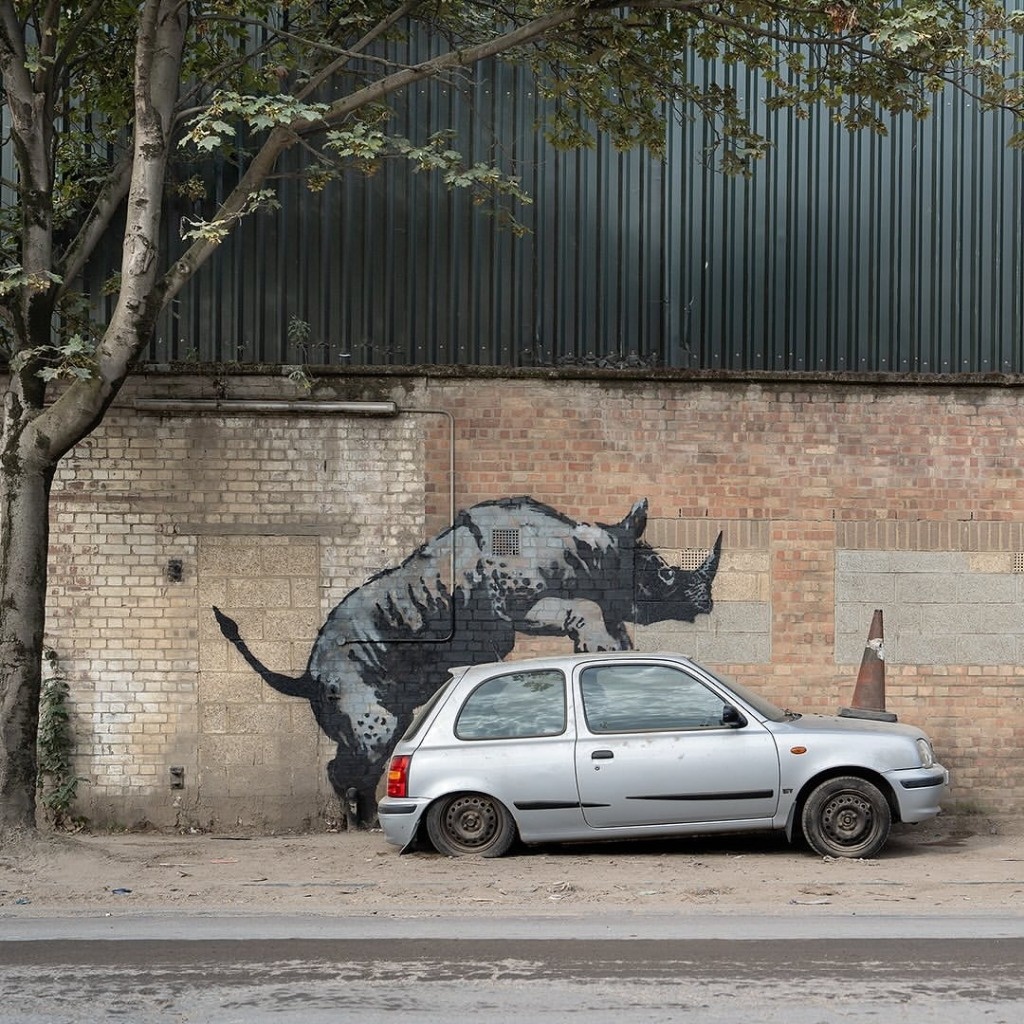Ian Fleming, the British author who created the iconic secret agent James Bond, revolutionized the spy novel genre with his series of 16 novels.
Ian Lancaster Fleming (1908-1964), a British writer and creator of the iconic secret agent James Bond, left his mark on the worlds of literature and cinema with his spy novels. With an educational background that included Eton, the Royal Military Academy and the universities of Munich and Geneva, Fleming began his career as a journalist and publicist, before becoming a naval officer and agent for Naval Intelligence during World War II.
In 1953, Fleming published Casino Royalethe first of his sixteen spy novels featuring James Bond, a British counterintelligence agent with a license to kill, known as 007. Bond quickly became a symbol of the genre, and his adventures have been adapted to film with great success.
However, the origin of the agent’s name is said to have been a secret until it was revealed that Fleming took the name of a Caribbean ornithologist named James Bond, who had published a book titled Birds Of The West IndiesWhen the scientist’s wife threatened to sue Fleming for libel, the author apologized and offered to let his name be used for whatever they wanted. The American scientist subsequently named a rare species of Jamaican bird after Fleming.
Among the most notable novels are: Doctor No (1958) y Goldfinger (1959). Fleming is also the author of Live and let die (1954), Moonraker (1955), From Russia with love (1957), Operation Thunder (1961) y You only live twice (1964). These works placed Fleming among the greatest writers of spy novels, along with Graham Greene, John Le Carré and Frederick Forsyth.
Literary and cinematographic characteristics
Fleming is known for his “technicolor” prose, characterized by clever plots and highly detailed settings. His style is distinguished by a rich visual vocabulary and a narrative that mixes suggestive detail with a bit of satire. Although his novels usually avoid delving into ideological or political issues of espionage, they present a clear division between “good and evil,” with Bond representing the positive side, even when faced with violent situations.
The film adaptation of Fleming’s novels began quickly. On January 16, 1962, director Terence Young began filming Agent 007 vs. Dr. No in Jamaica, marking the beginning of a series of films. This first film catapulted Sean Connery and Ursula Andress to stardom, establishing Connery as the definitive James Bond with his distinctive characteristics: sophisticated, ironic and seductive.


